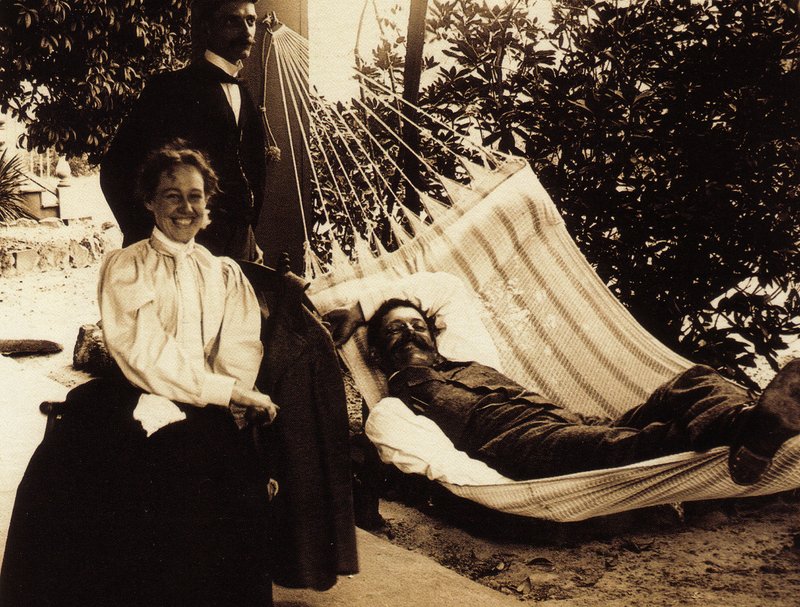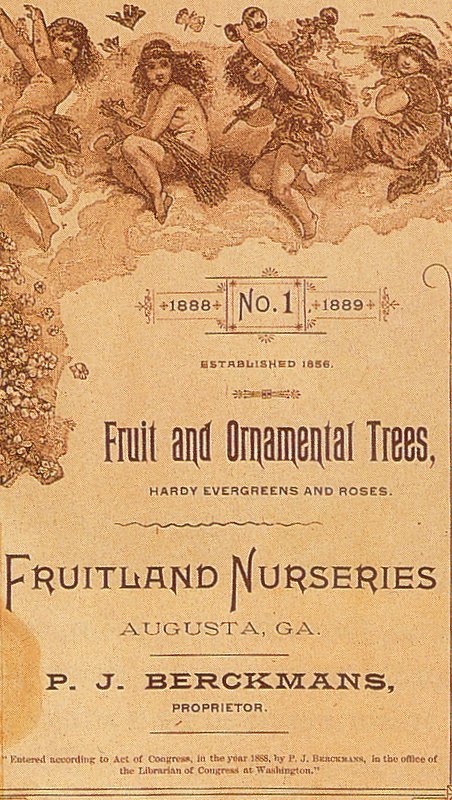
http://busingers.ca/wp-content/plugins/superlogoshowcase-wp/css/sls-wp-admin.css Fruitland, built by Dennis Redmond in 1857, as it appeared when Bobby Jones and Clifford Roberts first saw it, a little over seventy years later.
buy prednisone in mexico Philip Mills Herrington, a postdoctoral fellow in history at the University of Virginia, wrote to me to point out a couple of factual errors in a recent post of mine about Augusta National’s early plan to tear down the building that serves today as its clubhouse. I’ve now corrected those errors, leaving no trace of my mistakes. I had said that the house was built in 1854, but the actual completion date was 1857. And I’d described Redmond as an “indigo planter” rather than as the nurseryman and fruit-tree cultivator that he actually was. (If books were as easy to correct as web pages, I’d fix my Masters book, too.) Herrington wrote, “I don’t know who originally made this up, but unfortunately it has made its way into just about everything on this property. Indigo was a colonial-era crop that did not survive the Revolution as a profitable commercial enterprise in South Carolina and Georgia. Redmond experimented with many different plants, but there is no record of him having an interest in indigo.”
Herrington published an entire scholarly article about Redmond and the property in the November 2012 issue of The Journal of Southern History. It’s called “Agricultural and Architectural Reform in the Antebellum South: Fruitland at Augusta, Georgia.” It’s somewhat longer than a blog post, but reading it will give you something productive to do while you wait for winter to end. Here are some samples, to whet your interest:
At a time when the South was engaged in a process of regional self-definition that reinforced slavery’s cultural and economic centrality, Fruitland suggested an alternative southern agricultural landscape: a big house without slaves, without cotton, and perhaps without a plantation.
By 1856 [Redmond] had begun to make plans for the construction of a new dwelling for himself, his wife, and their daughters at Fruitland—his model southern country house.
A double-pitch pyramidal roof topped the structure, capped with an eleven-foot-square cupola that looked out over at least two adjacent buildings—a kitchen and an intriguing “negro quarter” that was fifty-two feet by fourteen feet. The cupola, which functioned primarily as a giant flue to release hot air, overlooked acres of apple, peach, pear, and other fruit trees.
The interior layout of the Fruitland house emphasized efficiency, health, personal improvement, and the active role of the landowner in agricultural operations. The ground floor, referred to by Redmond as the basement, contained “the dining room, pantry, store-room, office, bathing-room, fruit room, and ice-house—in short, all the working rooms, or apartments for every day practical use.”
The most surprising feature of the Fruitland house was certainly its concrete construction—a deliberate choice by Redmond to use the most modern and innovative construction methods possible. Redmond wrote that the “walls are of concrete, or artificial rock—a material which possesses many and striking advantages over the perishable and combustible wood generally used for outside walls, and, if properly put up, is superior to brick in many respects.”
In 1858 Redmond sold the property to the Berckmans family, Belgian horticulturalists who had recently moved from New Jersey to Augusta and set up an adjacent nursery at “Pearmont.” The Berckmans family combined Fruitland and Pearmont, expanding the Fruitland Nursery and operating it into the twentieth century, ultimately fulfilling Redmond’s ambition of providing fruits and flowers for the South.



Thank you for this post! I have read the article by Philip Herrington in The Journal of Southern History and am happy to see this information shared. The entire article is certainly worth a read considering the little known facts it brings to light about the Fruitland property and structures.